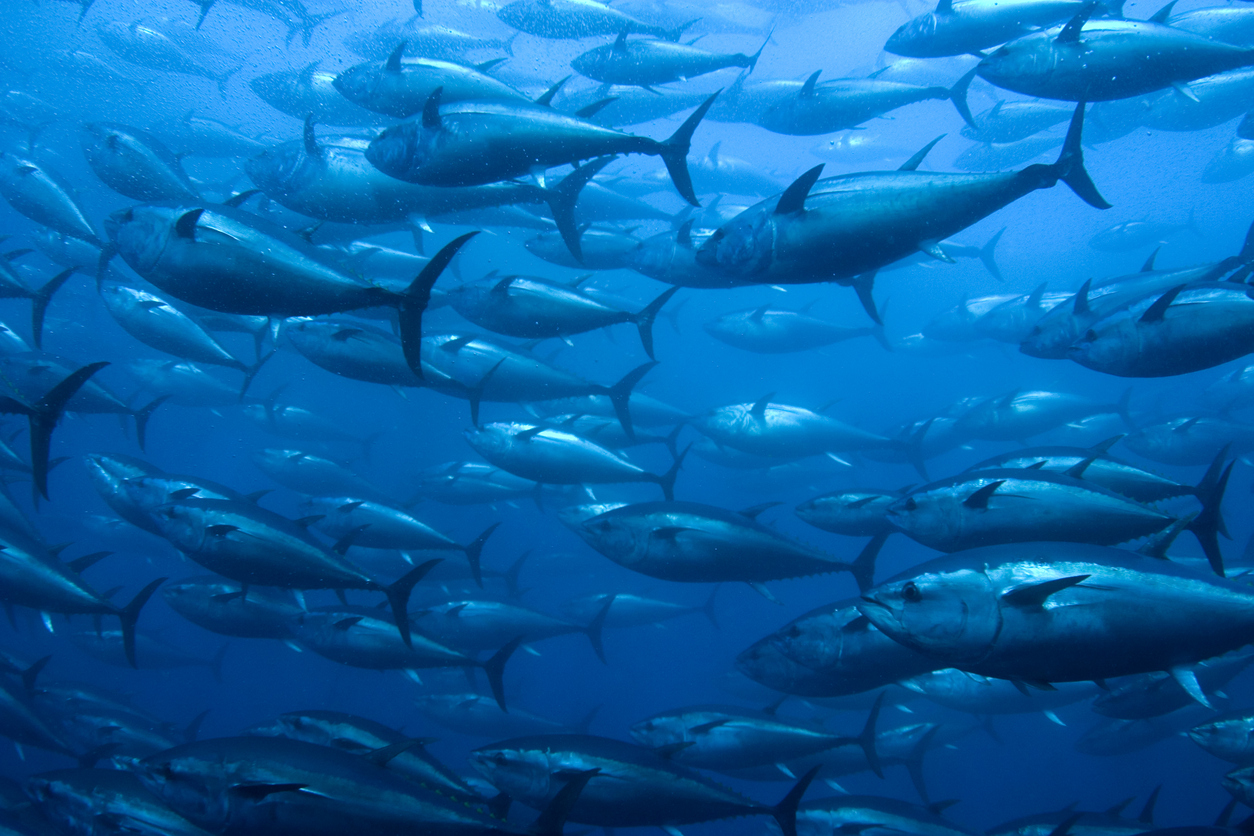2022/01/26
Toward Sustainable Fisheries, Comprehensive Measures for the Revitalization of Fishing Communities and Enhancement of Japan’s Presence in the International Communities are essentially Needed

The Western and Central Pacific Fisheries Commission (WCPFC), an international conference to discuss tuna resource management, closed on December 7 with a final agreement to raise the catch quota for large bluefin tuna in the Western and Central Pacific including the seas close to Japan, by 15% in 2022 from the previous year. Likewise, earlier in November, a 16% increase of the catch quota for the West Atlantic bluefin tuna was also allowed by the international organization. I can say successful results of the collaborated resource management covering the Pacific Ocean and the Atlantic Ocean were recognized in the international community. This is good news for Japan who has continuously requested higher quotas for four consecutive years, and accordingly Fisheries Agency will soon start working on the allocation of the allowable catch to each prefecture.
In contrast, the severe environment of the fishing industry still continues. There are hardly any bright topics other than problematic issues such as decrease of resources as a result of an expansion of demand in emerging countries, habitat change caused by global warming, and a drastic fall in domestic demand due to COVID-19 pandemic. Besides, poor catches of saury, autumn salmon, Japanese flying squid and other fish continues.
Fundamentally, the fishing industry that faces with the realm of nature cannot escape from unstable conditions. With the aim of compensation for the income decline, the fishery mutual aid system was created to cope with fluctuations in fish catches. But now, difficulty in maintaining the system induces anxiety. Basically, the system is operated by the combined fund from fishery workers’ reserves and the national expenditure. However, because of a vicious spiral of catch restrictions and poor catches, the excess of refunding is seen constantly. The fund balance as of the end of FY2017 was 74.3 billion yen (of which 53.6 billion yen was originated from the government expenses) but it decreased to 35.6 billion yen (8.3 billion yen of the same) at the end of FY2020.
Japan has a long coastline of roughly 35,000 kilometers in total. There are about 6,300 fishing communities in those coastal areas and around 240,000 fishing boats are in operation in the territorial waters and within its EEZ (Exclusive Economic Zone). In the “Third Basic Plan on the Ocean Policy” (2018), the government newly included the function of monitoring at national borders as one of the objectives of the fishery promotion. With regard to the revitalization plans of fishing communities, it is stipulated in the new Fishery Act that multifaceted functions assumed by fishing communities should be taken into consideration. Specifically, the functional roles include conservation of natural environment, formation of local traditional culture, and promotion of water-enjoyable recreation activities. In other words, fishing communities potentially produce national interests aside from the supply of fishery resources. However, under the severe fishing business environment, progress in depopulation and aging is worse than the national average. Comprehensive policies are required for the revitalization of the fishing industry as well as maintenance of fishing communities.
And yet at the same time, solutions for the fishery problems are beyond the control of the measures of a single country. It is no doubt that climate change becomes a destabilizing factor for the fish hauls, but then we should remember that fishing itself is a negative factor affecting the ecosystem. According to the Food and Agriculture Organization of the United Nations, one-third of the world's assessed fisheries are driven to overfishing, and the proportion of the allowable catch volume within the maximum limit decreased to less than 10%. Some report says that the catches by illegal operators violating rules and regulations reach 30% of the total. In addition, a problem of so-called “bycatch” such as non-commercially valuable fish, seabirds and sea turtles, all that are caught unintentionally and then thrown back, cannot be discounted. Furthermore, marine pollution caused by discarded plastic fishing gear is another well-known problem. The bottom line is, in order to achieve sustainable fisheries, a strong commitment to promote the worldwide fishery resource management and the conservation of marine ecosystem are essentially needed. I’m looking forward to the initiatives to be demonstrated by “Japan” as a maritime nation in the international communities.
This Week's Focus, December 10, 2021
Takashi Mizukoshi, the President